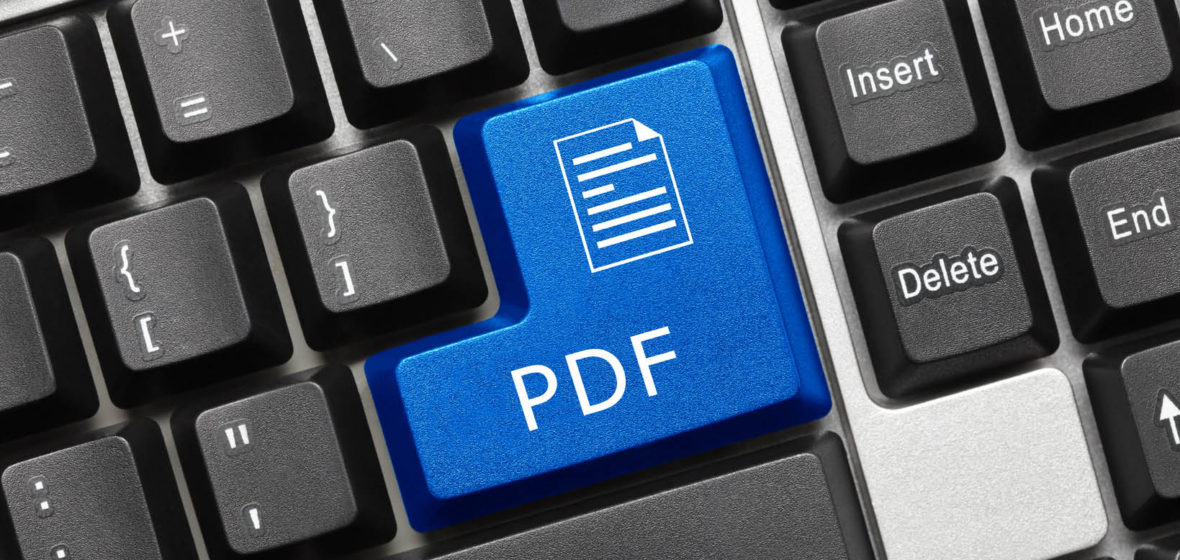Snapshot
- An affidavit may now be electronic, using no paper whatsoever.
- Deponents and witnesses may electronically sign draft affidavits in Portable Document Format (‘PDF’) when making a paperless affidavit.
- Such affidavits can be perfectly legible and machine-readable, absent the distortion of printing, signing and scanning, provided solicitors understand the three different types of PDFs.
I have practised law long enough to have used a bodkin with red tape. These were the law clerk’s tools when assembling lengthy legal documents written on paper, such as affidavits. Bodkins were, and still are, glowingly advertised as bearing ‘a steel and wood construction to withstand excessive use’. When I was a law clerk, I sometimes had to apply my entire body weight to pierce through a thick paper affidavit when binding the annexures to it with red tape. Fast forward a couple of decades, the COVID-19 pandemic propelled Parliament to alter the ancient practice of the bodkin and red tape for making affidavits without paper.
A recent history of making paper affidavits
When a person uses a pen or seal to sign their name on a paper, they have endorsed it with a ‘wet signature’. Typists drafting an affidavit end by commanding their word processing software to print the document onto paper. That print-out becomes an affidavit once the procedure in the Oaths Act 1900 (NSW) has been followed, which includes applying wet signatures. As you might appreciate, storing those affidavits became a significant cost.
Traditionally, the legal profession has favoured paper records. For example, records of superior courts in New South Wales are never destroyed. Original records from colonial times remain today. The real menace of the archives was the photocopier reproducing print-outs of email threads, made all the longer by footers reminding people not to print out the email onto paper for the sake of the environment.




